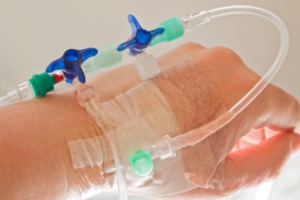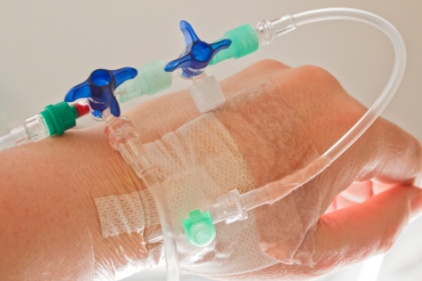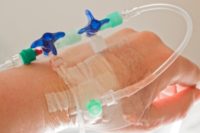 Approximately eight million U.S. health care workers are year are potentially exposed to hazardous drugs used to treat patients.
Approximately eight million U.S. health care workers are year are potentially exposed to hazardous drugs used to treat patients.
“It seems counter-intuitive that the health care industry, whose mission is the care of the sick, is itself a "high-hazard" industry for the workers it employs,” notes a Centers for Disease Control and Prevention (CDC) webpage on the subject. “In fact, published studies have shown that workplace exposures to hazardous drugs can cause both acute and chronic health effects such as skin rashes, adverse reproductive outcomes (including infertility, spontaneous abortions, and congenital malformations), and possibly leukemia and other cancers.”
The chemical agents to which health care workers can be occupationally exposed include those used for cancer therapy (i.e., chemotherapy) as well as antiviral drugs, hormone agents, and bioengineered drugs.
Who is at risk
Those who may be exposed include pharmacy and nursing personnel, physicians, operating room personnel, environmental services workers, workers in research laboratories, veterinary care workers, and shipping and receiving personnel.
The CDC says the level of risk depends on exposure and toxicity levels.
As with many workplace hazards, health care workers can be protected from exposures to hazardous drugs through engineering and administrative controls, and appropriate protective equipment.
Preventing exposure
An alert issued by the National Institute for Occupational Safety and Health (NIOSH) outlines steps for preventing occupational exposure to hazardous drugs.
Included are sections on:
- receiving and storage
- drug preparation and administration
- use of ventilated cabinets (with information on selection, air flow and exhaust and maintenance)
- cleaning, decontaminating and waste disposal
- spill control
- medical surveillance
Click here to download the CDC pdf, Preventing Occupational Exposures to Antineoplastic and Other Hazardous Drugs in Health Care Settings.


